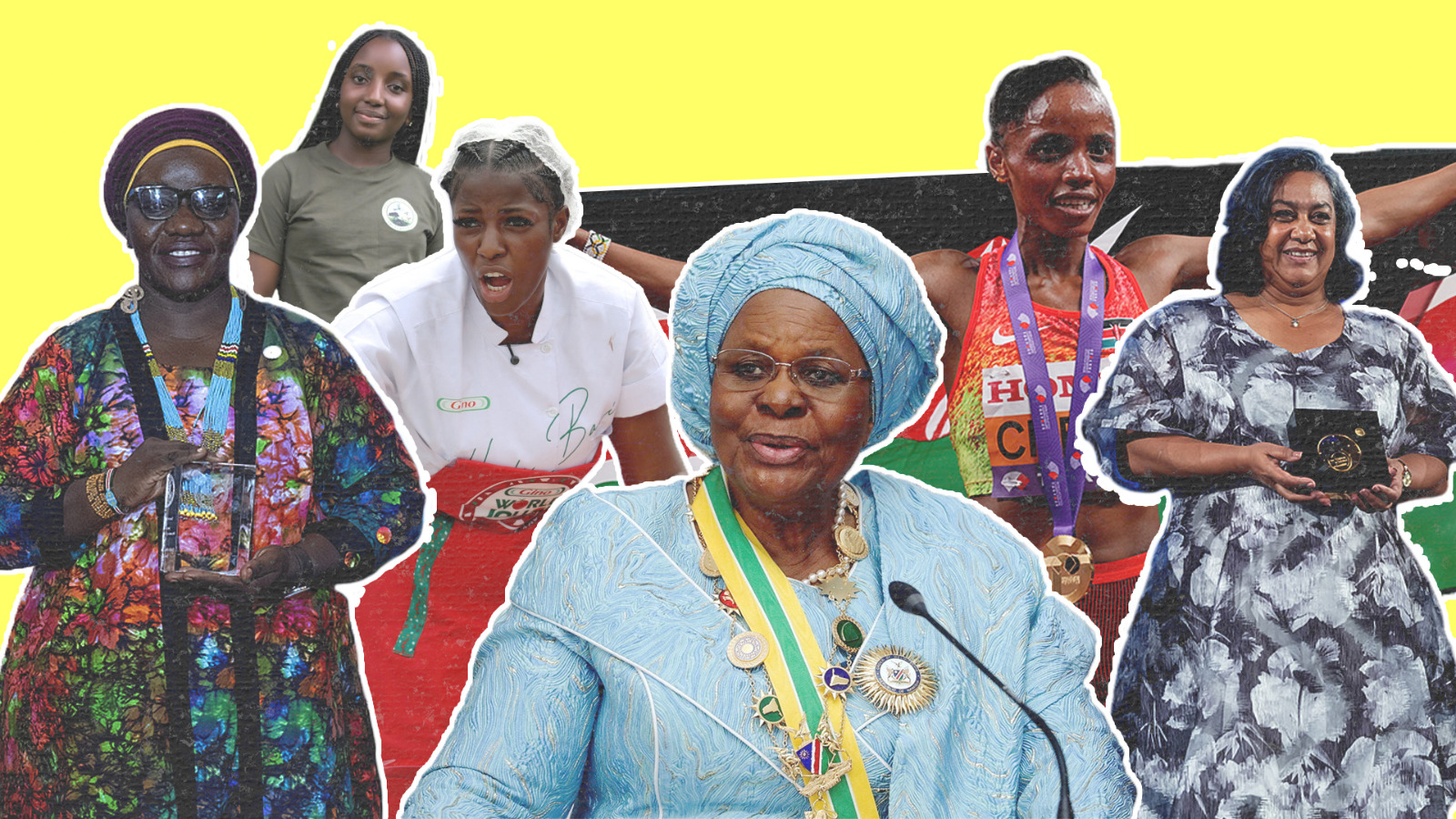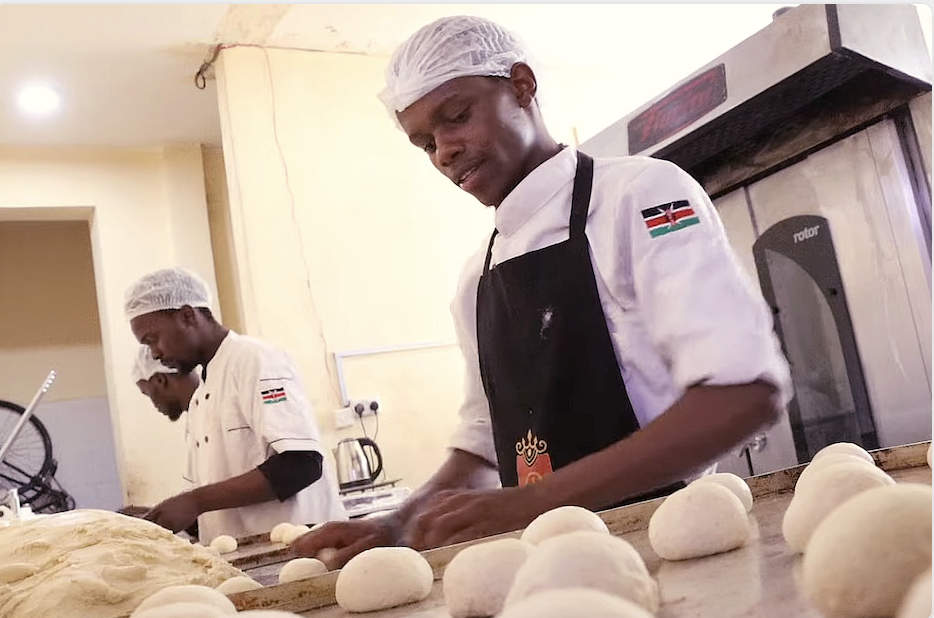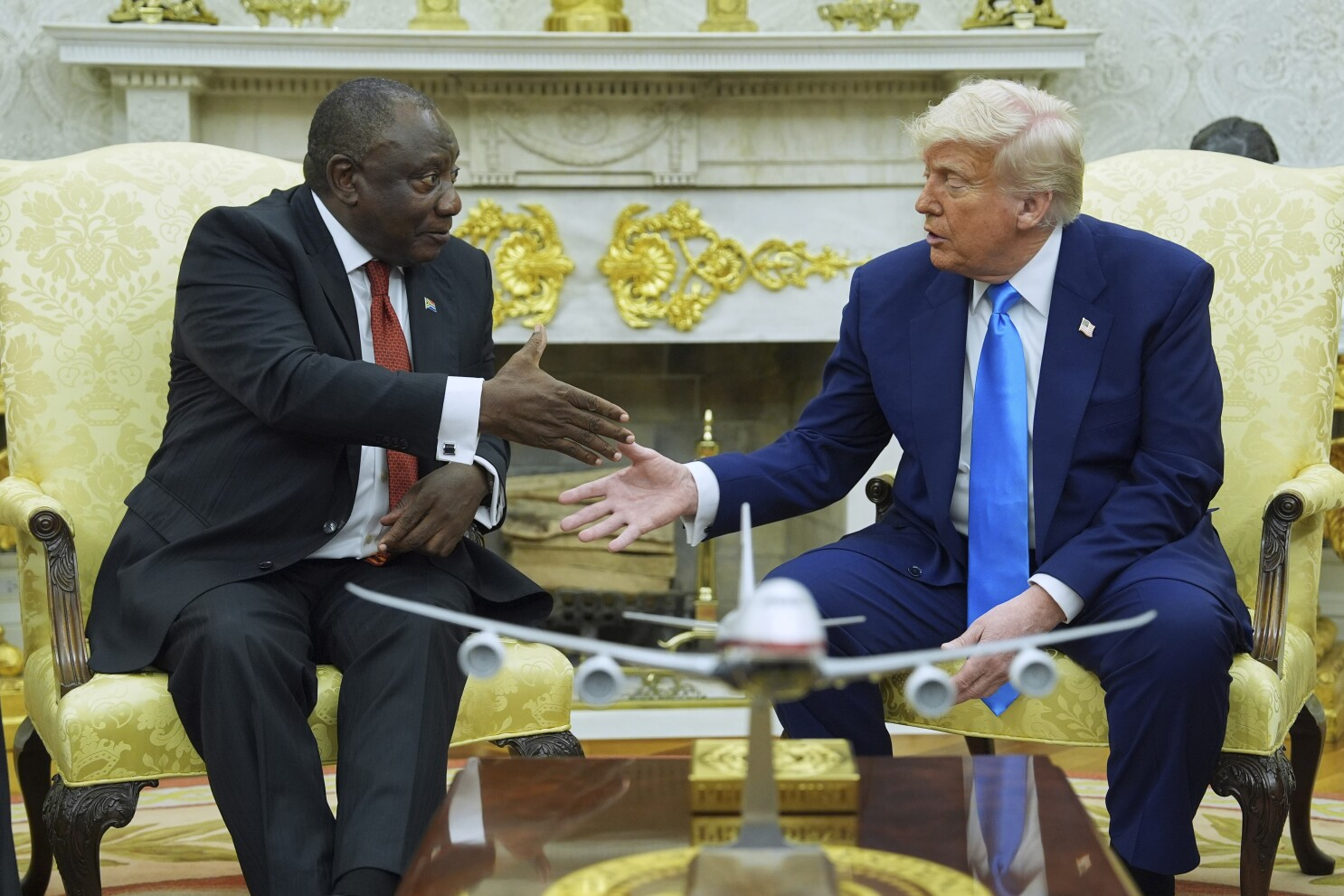
Beer maker AB InBev goes big in effort to conquer Africa

Sitting outside the ramshackle Vimba Tavern in Johannesburg’s Alexandra township, Patrick Mashego swigs from a one-litre bottle of Carling Black Label, South Africa’s most popular beer.
Rolled out by AB InBev across the country this year, the larger bottles are part of a plan by the world’s biggest brewer to lure price-conscious South Africans to its mid-market beers and away from bargain rivals or home brews.
AB InBev’s move marks a departure from its typical playbook of increasing margins and profits principally through higher prices and rigorous cost control, tactics honed through its close association with private equity firm 3G Capital.
It is also the clearest sign yet of how AB InBev aims to conquer the rest of Africa after getting a major foothold on the continent by buying its biggest global rival SABMiller in 2016.
On a continent where the average person drinks 10 litres of beer a year – compared with 75 litres in the United States and 66 litres in Brazil – establishing its premium brands and selling high volumes of mid-tier beers will be key, as will breaking into countries dominated by other brewers.
“Clearly there’s room for making our products more present. That’s definitely a big part of our efforts here,” said Ricardo Tadeu, AB InBev’s Africa zone president. “In comparison to where we have been, these markets are still being developed.”
AB InBev is trying to protect and expand its mid-tier brands with the help of discounting and promotions as they will be its workhorses during the time it takes its premium international lagers Budweiser, Stella Artois and Corona to gain market share.
UBS analyst Nik Oliver said AB InBev generally puts more emphasis on value than SABMiller did. That means it is more likely to initiate price rises across its beer range that can absorb promotions or discounts on specific products.
While AB InBev does not publish the scale of its price rises, revenue per hectolitre of beer sold after duties rose 5 percent in South Africa last year, in line with inflation.
In the three months to March 30, revenue per hectolitre rose at a “high single digit” rate from a year earlier, AB InBev said. The company as a whole targets revenue per hectolitre growth above inflation and cost rises below inflation.
Oliver from UBS said the bigger bottles were also a good way to drive sales in the near term with new drinkers who would probably help push up margins further in the long run.
“It gets (price sensitive consumers) into a brand, and then the view is that those people over time will probably also buy the smaller size, so work up that price ladder over time.”
For Tadeu, the plan AB InBev has adopted in South Africa – varied bottle sizes and packs coupled with regular discounting, as well as the promotion of its premium beers – can serve as a blueprint for the rest of the continent.






